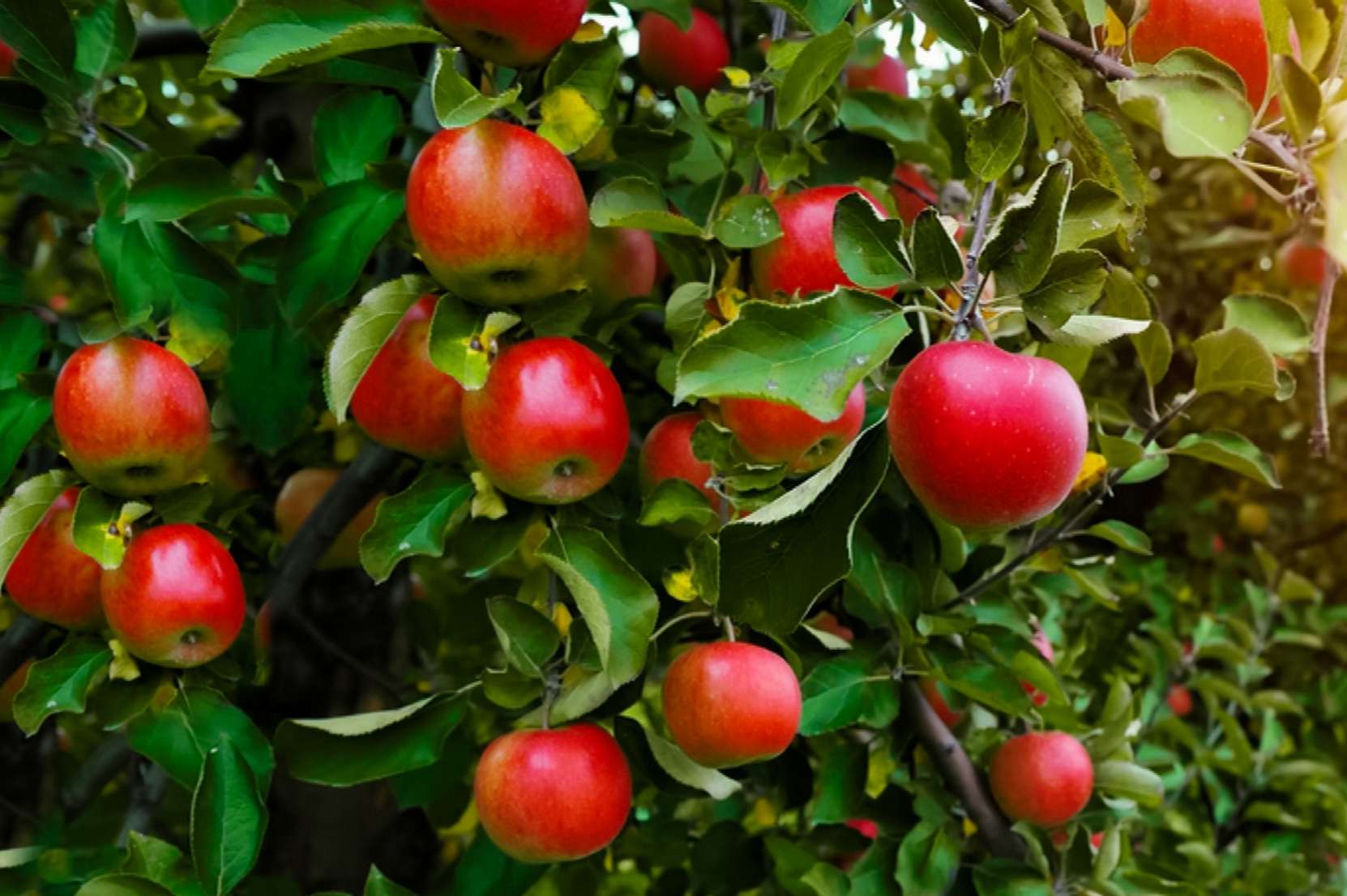Gardeners are often surprised when an unknown bush in their landscape suddenly produces fruit resembling small hard apples. This phenomenon is typically caused by flowering quince (Chaenomeles species) – an old-fashioned deciduous flowering shrub. But other plants can also produce apple-like fruit. This article explores how to identify a mystery bush with apple-shaped fruit and flowers.
Key Features of Flowering Quince
Flowering quince (Chaenomeles spp) is the most common source of apple-like fruit on an ornamental shrub Distinctive features include
-
Deciduous bush growing to about 5 feet tall and wide
-
Tangled, thorny stems emerging from the base
-
Leaves are simple, alternate, and dark green
-
Clusters of 5-petaled flowers in spring, ranging from white to pink to ruby red depending on variety
-
Hard, apple-shaped fruit 1-2 inches across ripening in late summer or fall
-
Fruits are too hard and tart for human consumption but can be made into jelly
-
Requires little care other than pruning after flowering
-
Tolerates a wide range of soil conditions and drought
Flowering quince is a very old garden favorite that was popular in American Colonial times but is less common in modern landscapes. When found, it is often near old homesteads.
Alternatives for Apple-Like Mystery Fruit
While flowering quince is the most likely source of apple-like fruit on a landscape shrub, two other possibilities also exist:
Chinese Quince (Pseudocydonia sinensis)
-
Deciduous shrub growing to 15 feet tall and wide
-
Simple, alternate leaves with serrated margins
-
Clusters of white or pink 5-petaled flowers in spring
-
Fruits mature in fall as large, hard, yellowish-green fruits resembling quince or lumpy apples
-
The tart fruits can be eaten cooked or made into preserves
Oregon Crabapple (Malus fusca)
-
Compact deciduous tree growing 15-30 feet tall
-
White or pink flowers resemble apple blossoms
-
Small (1-2 inch) bitter greenish-yellow crabapples form in clusters
-
Native to western North America from California to British Columbia
-
Fruits often persist on the tree dried through winter
How to Positively Identify the Mystery Shrub
To determine whether an unknown apple-fruited shrub is flowering quince vs. another species, look closely at other features:
-
Growth habit – Flowering quince is a tangled, thorny shrub about 5 feet tall while Chinese quince and Oregon crabapple form larger trees.
-
Leaf shape – Flowering quince has simple, elliptical leaves. Oregon crabapple has oval serrated leaves while Chinese quince has leaves deeply lobed somewhat like oak leaves.
-
Flower details – The five petals of flowering quince flowers have fringed (jagged) edges while Chinese quince flowers have smoother petal margins.
-
Fruit stem – Flowering quince fruits attach directly to the woody branches while fruits of Chinese quince and Oregon crabapple have a noticeable fruit stem.
Pay attention through the seasons to gain more clues through changing growth stages. Proper identification will provide insight on how to care for and utilize your mystery fruiting bush. With attention to details, you can get to the bottom of your landscape oddity!
STOP Planting APPLE TREES!! Here’s Why!
What shrubs have apple-like fruit?
Other notable shrubs with tiny apple-like fruit include the hawthorns. Cockspur hawthorn (Crataegus crus-galli) is hardy in USDA zones 3 to 7 and produces white flowers on a tree up to 24 feet tall. Washington hawthorn (Crataegus phaenopyrum) thrives in USDA zones 3 to 8. This plant features white flowers on a tree up to 30 feet tall.
How big does a Japanese bush apple get?
Japanese bush apple, or the flowering quince, grows at a moderate pace each year, creating a densely branched plant. Its mature size measures up to 3 feet tall, but its wide-spreading branches reach a diameter between 5 to 6 feet, according to the Learn2Grow plant database.
Do crab apples & Hawthorns produce fruit?
Both crab apples and hawthorns produce fruit. Crab apples, true to their Malus genus, produce tiny apples. They are usually green and quite sour but are excellent for making jellies. Hawthorn fruits, or haws, come in many colors from yellow to red and even black, notes Plants for the Future.
What are the different types of fruit trees?
Citrus trees such as lemons, limes, oranges, and grapefruit are popular types of fruit trees in warmer climates. Let’s look in more detail at the amazing variety of fruit tree species you can plant in your garden. You will find pictures of fruit trees, types of low-maintenance trees, and the names of dwarf fruit tree cultivars.
- The Ultimate Guide to Growing Strawberries in Raised Beds - August 8, 2025
- No-Dig Garden Beds: The Easiest Way to Grow a Beautiful Garden - August 6, 2025
- How to Protect and Preserve Wood for Raised Garden Beds - August 6, 2025

